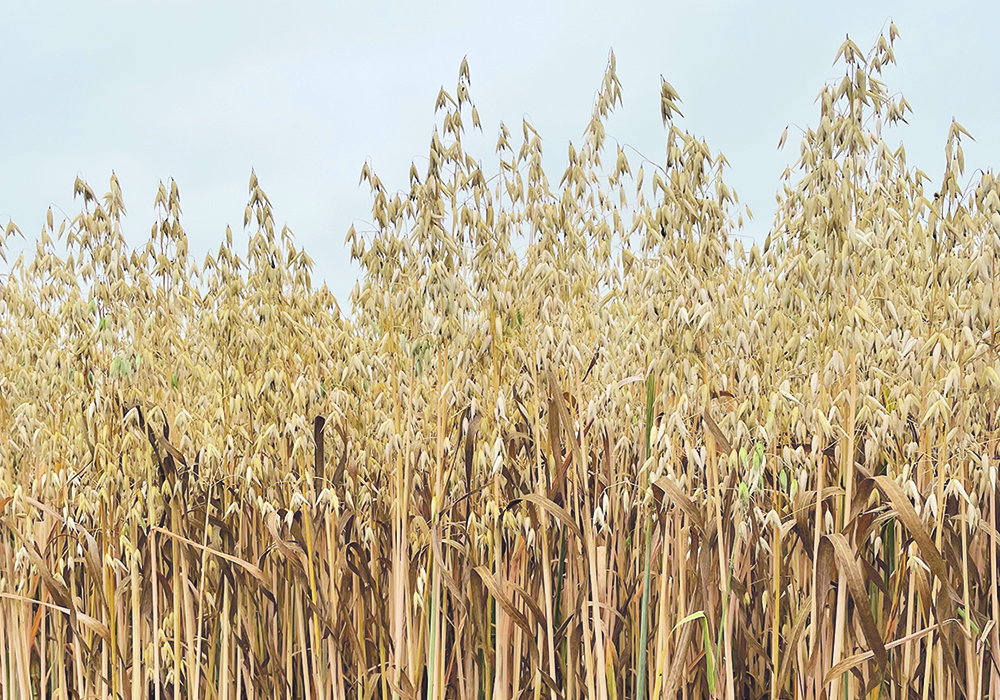Falling prices attributed to reluctant buyers as well as greater production resulting from more acres and higher yields
When comparing oat prices at the start of 2023 to those of one year ago, they appear to be night and day.
Despite modest price increases over the past month, some western Canadian oat bids are less than half of what they were last year. In Alberta, the high-delivered bid for oats as of Jan. 10 was $5.32 per bushel, down $3.55 from last year, according to Prairie Ag Hotwire.
In Saskatchewan, the high-delivered bid was $4.13 per bu., a decrease of C$4.94 from one year ago. In Manitoba, the high-delivered bid was $5 per bu., lower than the $10.15 per bu. reported in last January.
Read Also

New coal mine proposal met with old concerns
A smaller version of the previously rejected Grassy Mountain coal mine project in Crowsnest Pass is back on the table, and the Livingstone Landowners Group continues to voice concerns about the environmental risks.
On the Chicago Board of Trade, the March oat contract fell to US$3.2725 per bu. Dec. 8, the lowest price recorded since Dec. 7, 2020. On April 11 of last year, the contract hit an all-time high of $8.11 per bu., preceding a 60 percent drop in value over an eight-month span. Prices have stayed below its 100-day moving average since late June.
Ryan McKnight of Linear Grain Inc. in Carman, Man., attributed the price collapse to more acres, higher yields and therefore greater production. However, he added that those who already have purchased oats have no interest in buying more.
“We’re seeing Manitoba farmers looking for (C$5 per bu.), Saskatchewan farmers looking for ($4.50 to $5 per bu.). If it’s compared to where the futures are, Canadian offers are extremely high from a basis standpoint,” McKnight said.
“We have end users who are choking on high-priced oat contracts and inventory. They are quite slow to buy any additional (crop) over the past month or two.”
The Prairies accounted for 91 percent of Canada’s oat production in 2022-23, with the three provinces totalling 4.79 million tonnes and a 15-year high seeded area of 3.53 million acres, according to Statistics Canada. Last year, out of 3.22 million acres on the Prairies, only 2.39 million tonnes of oats were produced, largely due to severe drought.
Scott Shiels, grain procurement manager at Grain Millers Inc. in Yorkton, Sask., said oats are in an oversold position because the supply-demand balance has favoured the former over the past four months. However, he added that demand for oats is “tremendously strong.”
“In the overall picture (with) people talking about a recession, looking for cheaper food ingredients, oats fit that bill as well as being a really healthy alternative to a lot of foods. Over the last decade, oats have been known to be a ‘super food,’ ” Shiels added.
Paterson GlobalFoods will open its new oat mill, O Foods, at the CentrePort Canada industrial port in northwest Winnipeg later this year.
As well, Swedish food company Oatly recently announced that it sold part of its manufacturing capacity in the United States to Canadian food company Ya YA Foods Corp.
Shiels believes these two developments will help increase demand.
“For us at Grain Millers, it has been a steady growth over the past 20 years, and we’re not looking to slow that down any time soon,” he said.
However, lower oat prices could eventually turn into fewer growers.
“The expectation is for acreage to come down. The carryover is looking to be close to one million tonnes. If the carryover is down, we’ll likely be in a comfortable position with average yields,” McKnight said.
“I ran some numbers recently with C$5.50 per bu. new crop oats and C$11 per bu. new crop wheat, and oats were still good because wheat is slightly more expensive to grow. At the current price spread, it seemed OK.
“I see a lot of oats being offered out by farmers. The pricing is not what they’re looking for at the moment.”
Both McKnight and Shiels do not anticipate much price movement in early 2023, although they also predict that new crop in 2023 will be priced higher. As for current prices, Shiels is cautious.
“It’s a concern, but it’s not keeping me awake at night … yet,” he said.


















